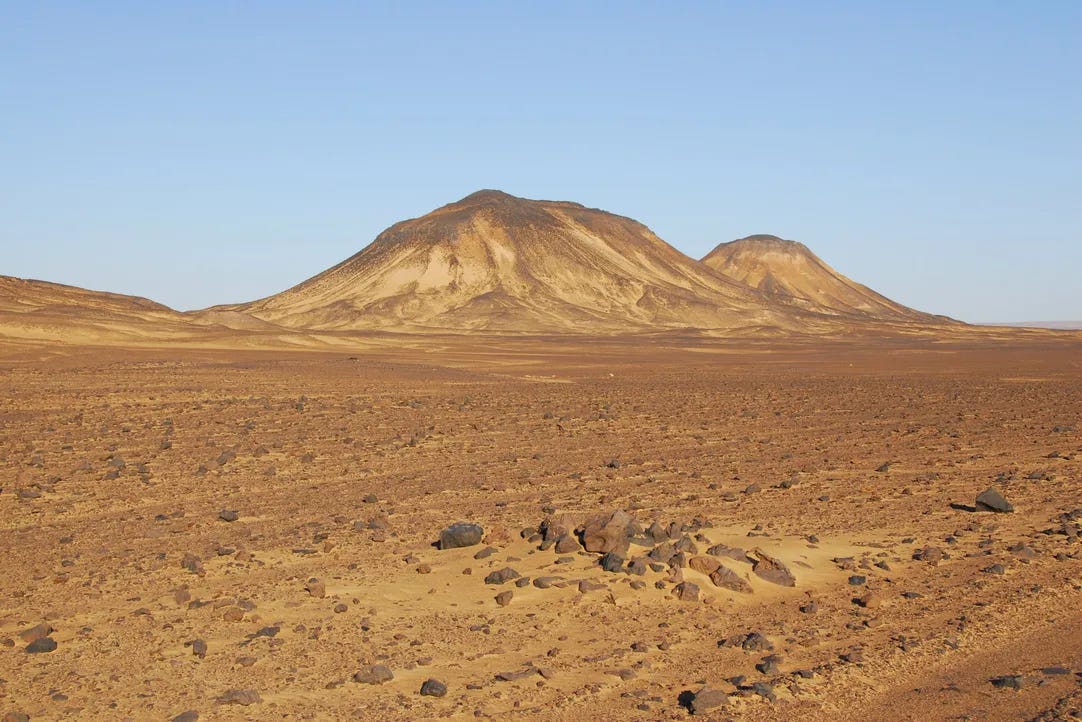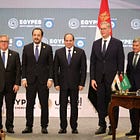Egypt Places Its Bet on EU-led Green Future with Sinai Megaproject
Cairo continues its IMEC push with plan to build the world’s largest green hydrogen plant.
Egypt has joined the Gulf and its North African neighbors in betting on a green energy-fuelled future with the announcement of a $17 billion green hydrogen plant in South Sinai. The planned venture would position the North African country at the forefront of the regional energy transition, as the proposed project is set to become the largest of its kind. Specifically, Cairo would cement its role as a key energy hub for Europe, a strategic point in an IMEC-based future.
Energy Hub at IMEC Crossroads
Egypt has long served as an energy hub in the region by virtue of its geographical position and natural resource wealth. Over the years, and with the discovery of gas fields such as Zohr, the government has made it a priority to build upon the established energy ties with Europe. Investment deals have been prioritised in attempt to stave off the country’s mounting economic woes and crippling debt. Regional cooperation achievements for Cairo include the ‘GREGY Interconnection’, an EU-sponsored undersea power cable between Egypt and Greece. Other milestones include the recently struck deals with Cyprus to exploit the Cronos and Aphrodite gas fields.
The newly proposed plan in Sinai builds upon this strong foundation. It includes three phases, with the final phase set to begin in 2033 and culminating in the facility being powered by 3.1 GW of solar panels. Details about the first phase were discussed in a recent meeting between the Egyptian Minister of Investment and Foreign Trade, New York-based Alvarez & Marsal Holdings, and Robert Valk, a leader in Egypt's green tech sector: the government will be constructing an export pier, desalination plant, and liquid hydrogen facility. The ultimate goal would be to transport energy to Europe.
The GCC has been betting big on the European Union's green energy ambitions. Countries across Europe have been raking in deal after deal in both the Mediterranean and the Gulf. This is despite the relatively slow progress towards what increasingly seems like a far-fetched vision. For reference, the bloc is still mainly relying on what is known as "grey" hydrogen to meet their needs, with the green aspect yet to be realised. Nevertheless, this $17 billion bet once again represents an Egyptian desire to accelerate integration into IMEC to secure its position in the region's energy future. It is also a message to Washington in response to recent threats of economic warfare.





